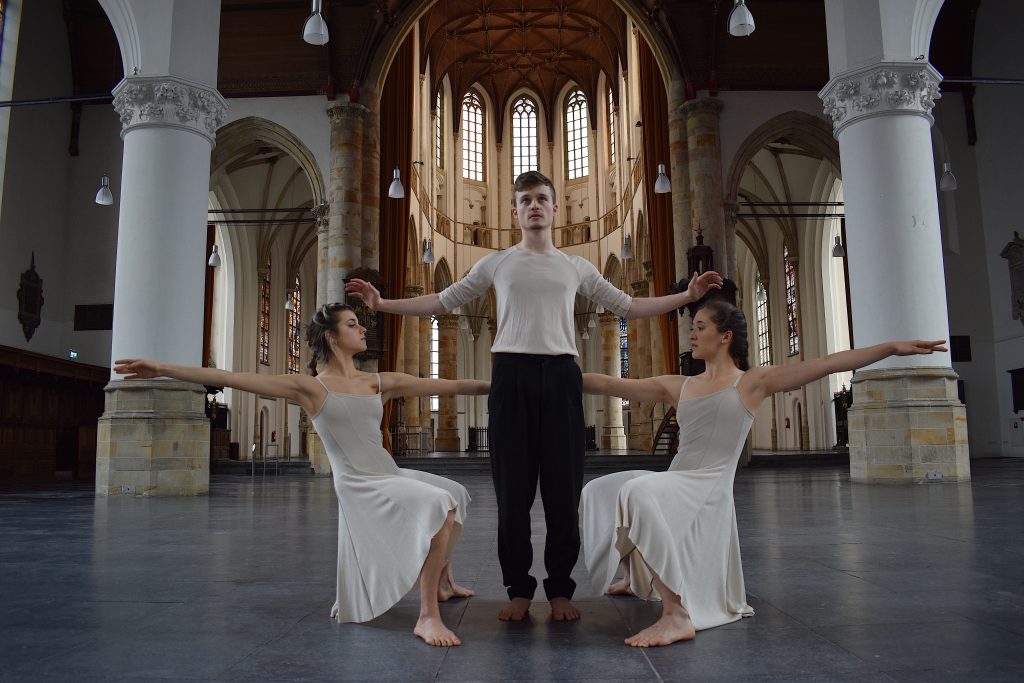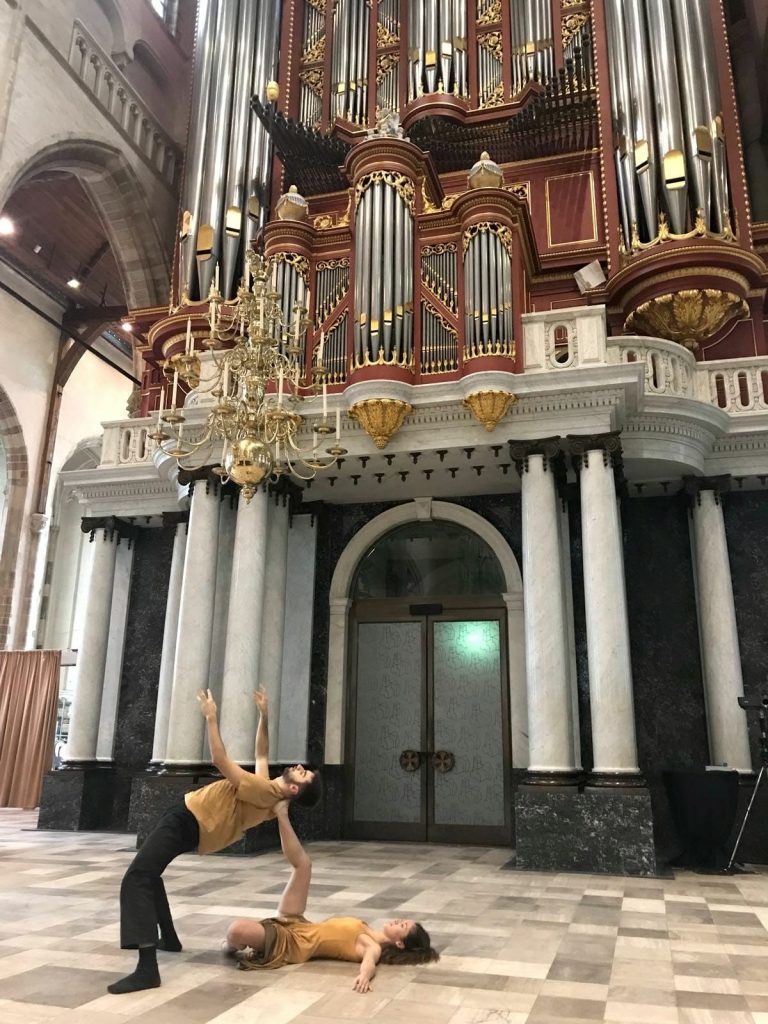Cd recording
Musica d'Organo nella Sardegna dell'Ottocento
Organ Music Of Sardinia in The 19th Century – Tactus, 2017
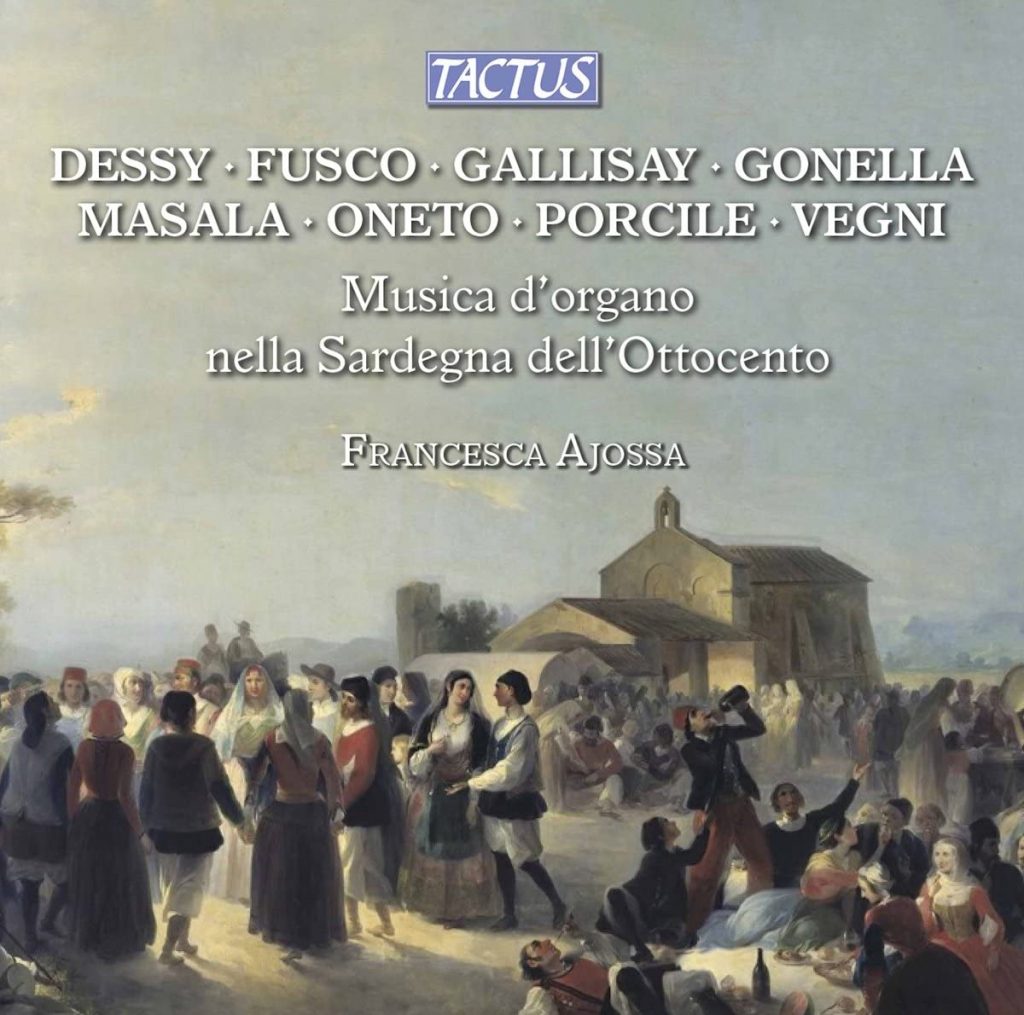

Price: €15 + expedition costs
Go to the contact page for more information!
Cd recording
Voci di Donne
Organ Music by Italian Female Composers in the 20th and 21st Century – Stradivarius, 2019
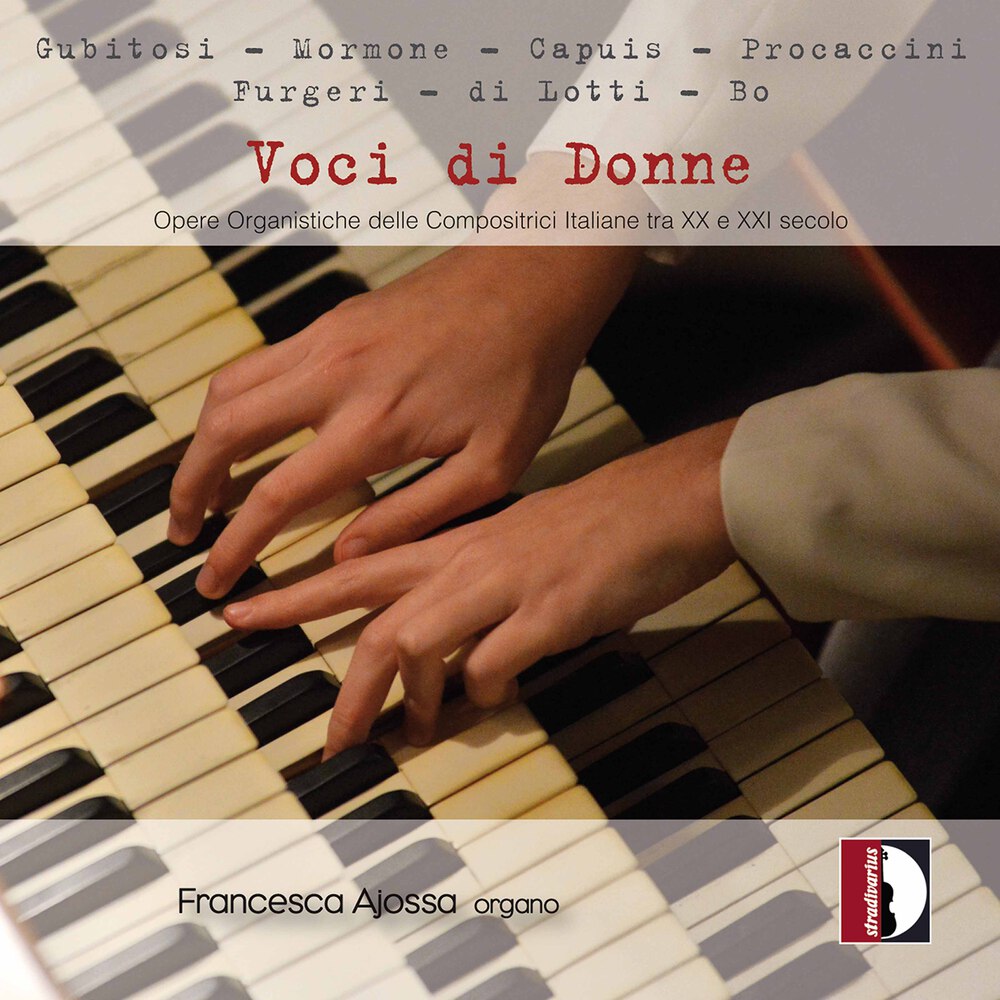
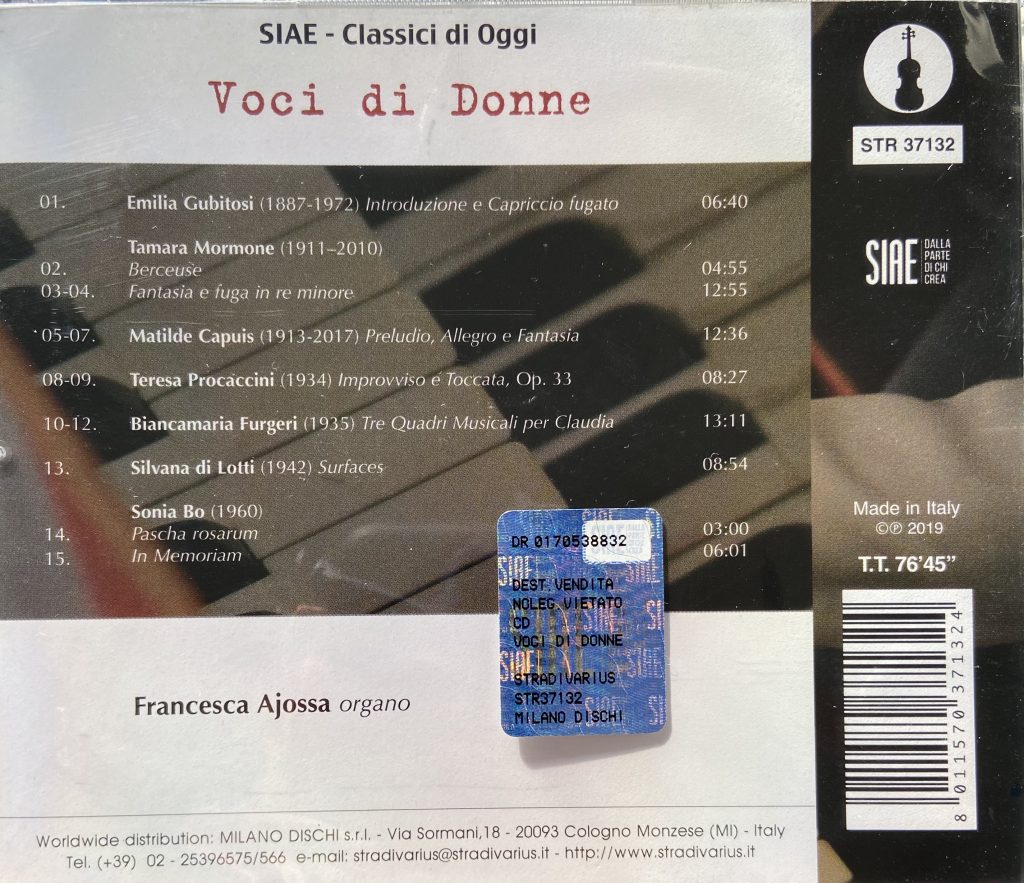
Price: €15 + expedition costs
Go to the contact page for more information!
Live Performance
The ear as an eye
When it comes to the organ works of composer Olivier Messiaen (1908 – 1992), the visual element is always very present in the music, with pieces whose images and gestures often refer to religious concepts or clear programmatic elements. It is, however, almost nonexistent in the performance, with the player being hidden somewhere, living a “ghost-like” existence that for me has meant a greater difficulty in engaging personally with the audience.
This never-ending contrast is what brought me to imagine a different kind of performance, where the musical score is turned into a choreographic score and dance represents the joining link between player and audience.
Musical analysis is the starting point, also serving as the main guideline for the development of the choreography. Another important part is played by the desk-research, consisting mainly in deepening my own knowledge and interpretation of the piece, as well as expanding my choreographic skills by analyzing others’ works.
Everything comes together in the (auto-)ethnography, which consists in working closely with the dancers, trying out my ideas with them and seeing how they approach this kind of work, supported by the advice and interviews with both music and dance experts.
The results are a deeply increased awareness and new expressive ideas, contributing to my own personal development, the Choreomusical Score, where both music and dance are aligned in a descriptive way, and finally the actual performance, the main artistic product.
This consists in a full performance of the organ piece by Messiaen together with the choreography that was created during this research. A kind of crossover that is becoming more and more present in the classical music world but not so much in the organ one, which can benefit from this collaboration as a way of opening its doors to new audiences and present its complex literature in a more approachable way: “See the Music and hear the Dance” (G. Balanchine).

